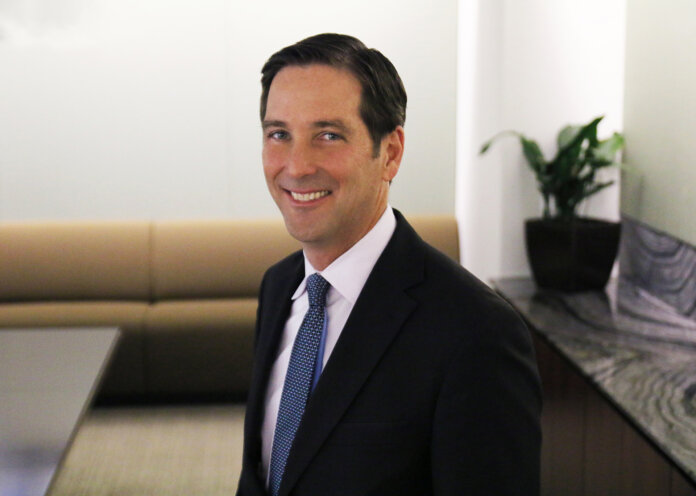The Solar Energy Industries Association (SEIA) has released a whitepaper detailing the extensive interconnection reforms needed to rapidly decarbonize the electricity grid. Across the country, state and federal leaders are doubling down on their clean energy goals, but distribution utilities and regional transmission organizations (RTO) are struggling to keep up with overflowing interconnection queues.
The new whitepaper, Lessons from the Front Line: Principles and Recommendations for Large-scale and Distributed Energy Interconnection Reforms, discusses the various opportunities utilities and regulators have to standardize, automate and clarify interconnection procedures and policies.
“If we don’t make major strides on interconnection reforms in the next few years, it will be impossible to achieve our more aggressive state and national clean energy goals,” states Sean Gallagher, vice president of state and regulatory affairs at SEIA. “Improving project interconnection must become an urgent priority for the Federal Energy Regulatory Commission, distribution utilities and state commissions if we want to build an equitable clean energy economy this decade.”
The key to avoiding interconnection logjams is providing companies with more information about transmission and distribution grid operations. The policies must also build in accountability and consequences for utility inaction. New cost-sharing models for transmission and distribution system upgrades will make it easier to connect projects to the grid and reduce overall project costs.
Creating a central database for interconnection upgrade costs will help project developers make more informed decisions when considering an interconnection application submission. Better transparency will clarify utility overhead costs and create downward pricing pressure on monopolistic utilities that do not currently have any incentives or requirements to disclose pricing information.
“Transparency is the most important part of interconnection reform,” says David Gahl, executive director of the Solar and Storage Industries Institute (SI2) and SEIA’s former senior director of state policy, East. “Companies are left in the dark when it comes to grid planning and how much infrastructure upgrades might cost, increasing the likelihood that interconnection applications will be withdrawn. This whitepaper lays out the many ways lawmakers and regulators can eliminate this guessing game and put us on a path to reaching the president’s climate goals.”
Utilities and RTOs should standardize queue management processes and focus on hiring more staff members with dedicated expertise, the whitepaper says. Web-based portals that enable online application submissions and rapid information exchanges will also help to streamline the interconnection process. In addition, utilities and RTOs should automate as much of the processes as possible to reduce delays and speed the time it takes to process and study applications.
In the long term, the whitepaper says regulators should consider more systemic changes for RTOs and utilities like flexible interconnection agreements. These agreements, already in place in Europe, can be used to connect the resource to the grid without major infrastructure costs.
SEIA’s regulatory affairs experts have been engaging with the Federal Energy Regulatory Commission (FERC) on its transmission and interconnection dockets, and recently submitted recommendations to FERC’s Joint Federal-State Task Force on Electric Transmission. FERC is expected to publish a proposed rule that will cover many of the same topics raised in this whitepaper.
Read the whitepaper here.




